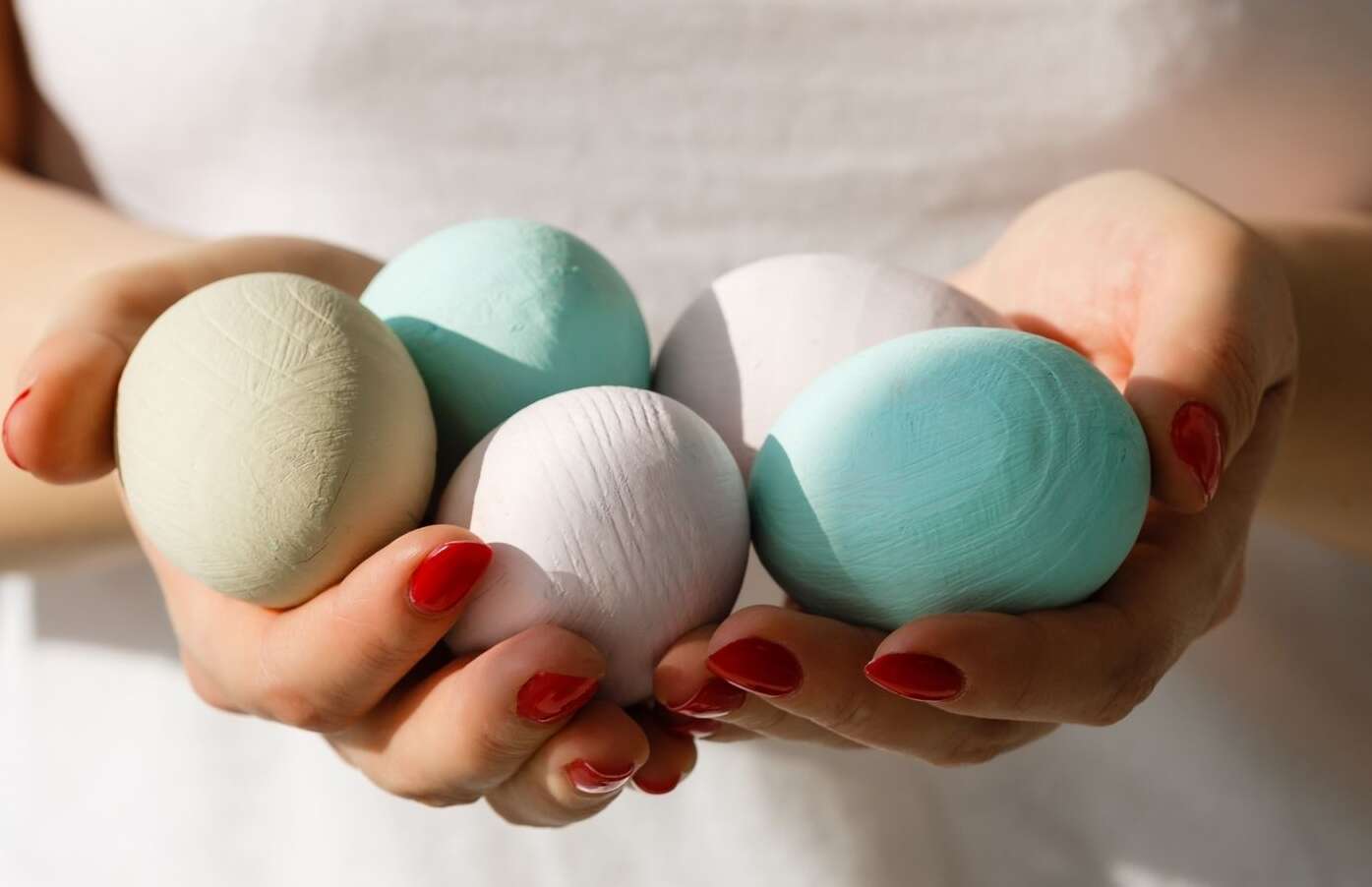From girl to woman – how does fertility develop?
The modern rapid cell-freezing method vitrification allows otherwise sensitive eggs to stop the cell cycle and survive for years in a liquid nitrogen environment. In the future, eggs can be thawed again if necessary and used for family planning.
A girl has around a million eggs at birth, but over the years, that number begins to decrease. A teenage girl has ca 400,000 germ cells left and, during a woman’s fertile age, around 400 eggs will mature. Every month, ca 30 eggs will start to develop in the a woman’s ovaries, but sex hormones usually make one egg (rarely two eggs) dominant, which will later break free from the ovaries. When an ovulated egg meets a sperm cell in the fallopian tube, the baby’s development begins.
Decreased fertility – what’s next?
The number and quality of eggs begins to decline significantly as early as in the woman’s 30s. If a woman’s menstrual cycle is irregular, it is definitely worth discussing with a gynaecologist. An irregular cycle can sometimes indicate problems with egg maturation or release. There are a small number of women who run out of eggs earlier than they usually should, in which case they can be diagnosed with premature ovarian failure (POF). It is definitely worth asking your mother and grandmother when their menopause started, but it is much safer to ask your gynaecologist about various hormone tests and investigations that help assess your supply of eggs.
TIME affects the quality of eggs the most.
As no more eggs will develop during the person’s lifetime, it is very important to realise that a woman’s lifestyle and the environment around her have a significant impact on the quality of her eggs. Smoking, excessive alcohol consumption, lack of exercise, being overweight and stress all have a negative effect on our health and certainly reduce the quality of the eggs.
Many women in their twenties are not yet thinking about starting a family, when in fact this is the best time to have a child. The social trend is to postpone family planning more and more, but it is not always known that in a woman’s 30s the supply of eggs is declining every year and the quality of the cells is declining as well. Today, we mistakenly give the impression that we can stop the course of time and stay youthful and beautiful for longer. Photos of famous actresses and TV stars who first became parents in the second half of their 40s are misleading as well. In these cases, the length of a woman’s fertility treatment journey and whether a donor’s eggs had to be used are often overlooked.
Freezing eggs as an additional option
Next Fertility Nordic’s laboratory staff has vast experience in freezing eggs. 90% of eggs are viable after thawing. Egg freezing may be considered by a woman between 25 and 35 years of age who wants to postpone family planning for various reasons. At a later age, previously frozen eggs can be thawed again. Freezing eggs does not guarantee the birth of a baby, but the use of an egg that was frozen at a young age during fertility treatment later in life significantly increases the success of the treatment and the chances of having a healthy baby.Read more about the egg freezing service at Next Fertility Nordic.

